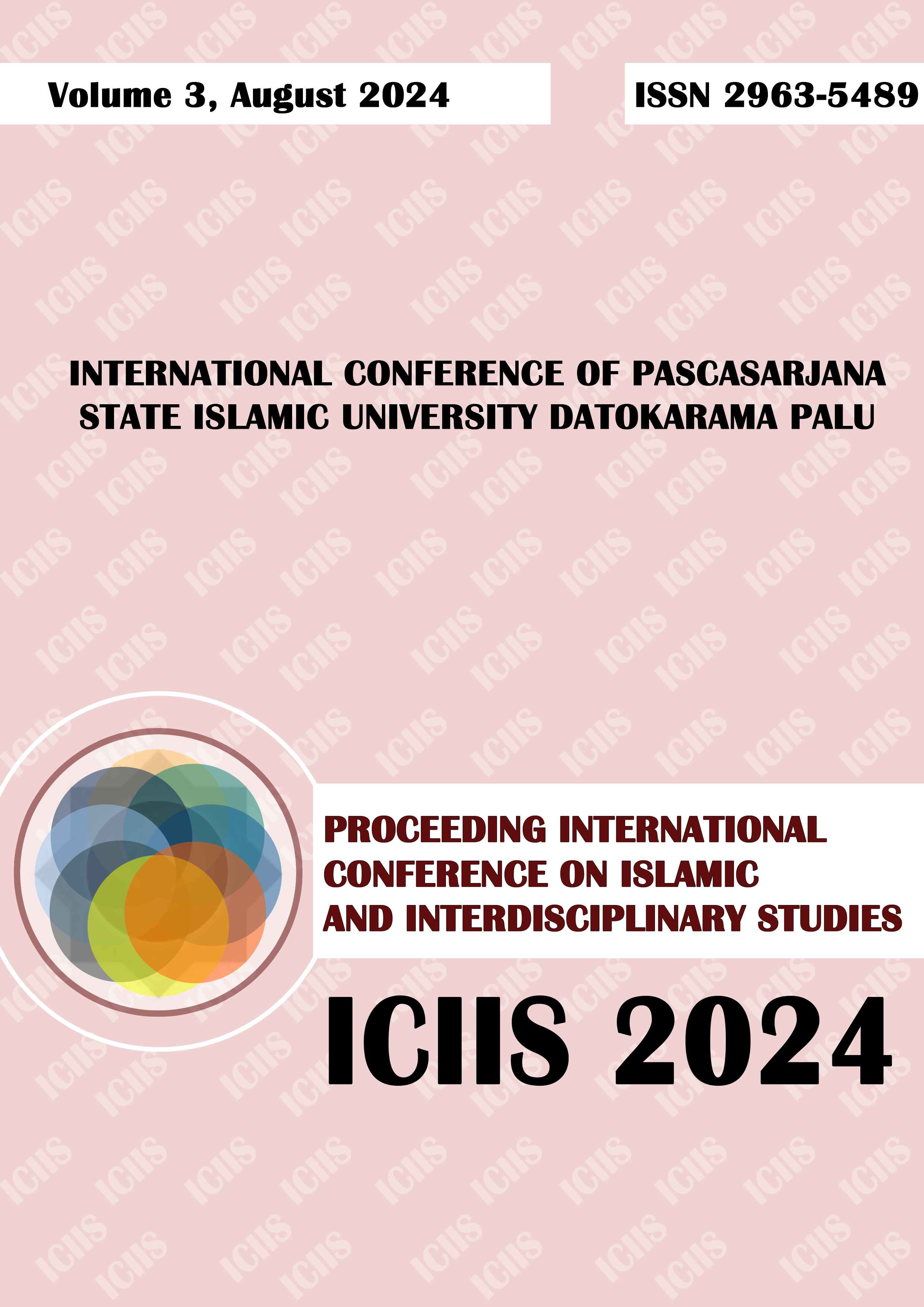Roots of Conflict and Integration of the Kaili People in Palu City
Abstract
A Kaili people (hereinafter referred to as To- Kaili), especially the people of Nunu and Tavanjuka sub-districts in Palu City, on the one hand, have a high level of solidarity and mobility when they interact with various ethnicities in the surrounding environment, but on the other hand they contain latent potential for conflict which can disrupt peace, security and even destroying the social structure for both families. It might even have negative implications for the security guarantees of neighbouring villages. Usually, the potential for latent conflict occurs in communities with different religions, ethnicities, tribes, races and cultures, but what happens to the Nunu and Tavanjuka communities, in fact, both adhere to Islam, still have kinship relations and come from the same linguistic and ethnic group. The same is true, namely, the Kaili tribe uses the Kaili language, the Ledo dialect. Interestingly, despite the many times of conflict, peaceful space has still been found for reintegration. This article will attempt to explain and reveal the roots of conflict and spaces for integration for the Nunu and Tavanjuka communities in Palu City.
Copyright (c) 2024 Gani Jumat, Idrus M. Said

This work is licensed under a Creative Commons Attribution 4.0 International License.


